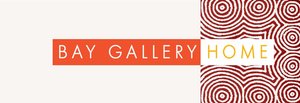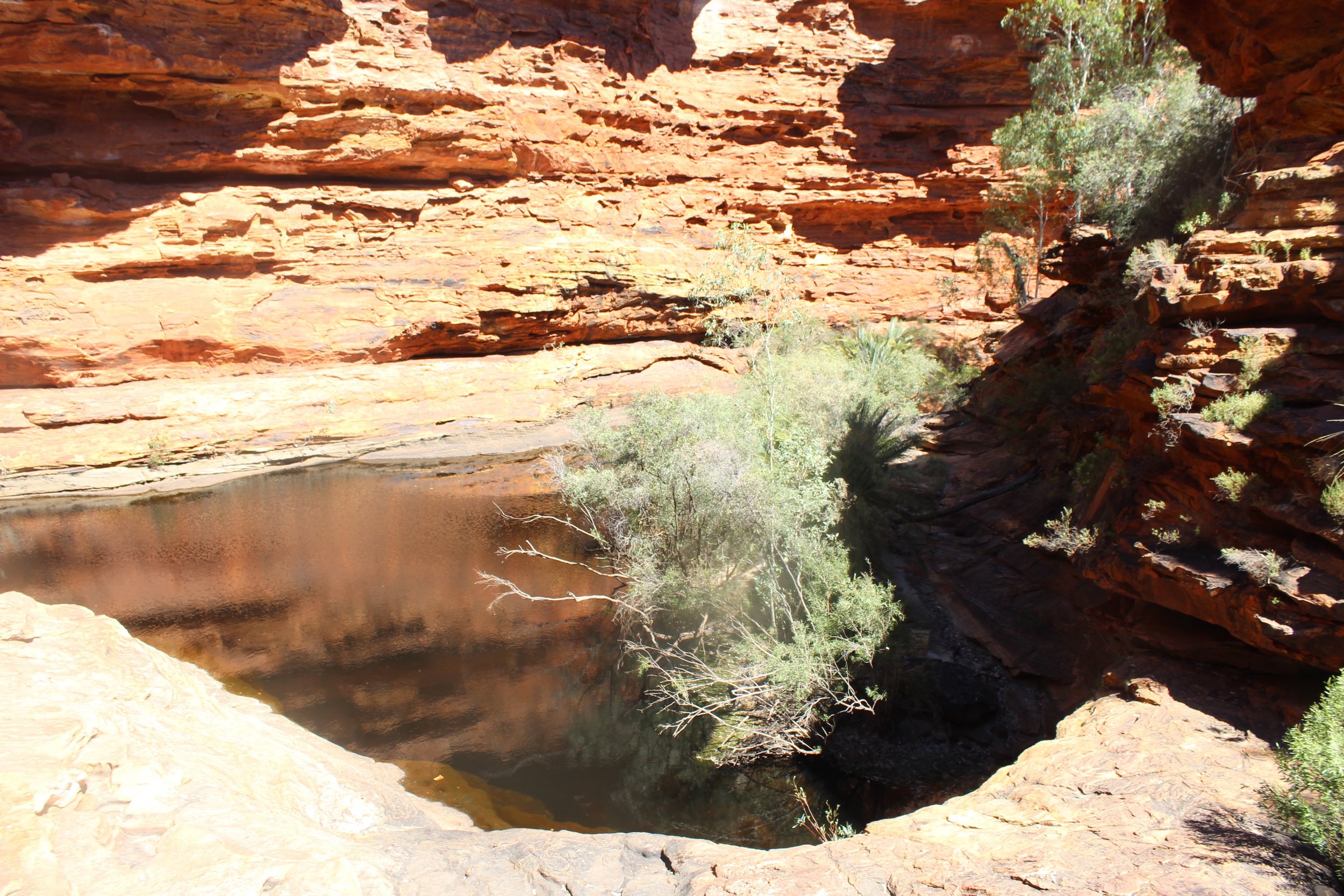The Central Desert of Australia with the MacDonnell ranges running through the background
Long before the debate between calling 26 January Invasion Day or Australia Day began, the concept of celebrating the destruction of Australia’s indigenous culture sat very uneasily with me. At school we learnt that the Aboriginals in New South Wales were virtually wiped out within years of white men landing on Australian shores. This wholesale destruction wrought disease during a futile attempt to defend their land, lives and culture.
Each year I thought more and more about the Aboriginal inhabitants of Australia, past and present, and I felt increasingly confident to say it was not OK to celebrate Australia Day without acknowledging them and their experience of violence, deaths in custody, racism, neglect and genocidal destruction of their land and culture at the hands of many over our 233 year occupancy.
As recent example of this last year a Rio Tinto, a French owned company demolished the Juukan Gorge caves in the Pilbara region, Western Australian, caves housing some of the world’s oldest and most important rock art in the world. For iron ore. In direct contravention of the traditional owners wishes. UNESCO experts compared the destruction of this important historical site to the destruction of Palmyra by ISIS.
The Aboriginals still suffer a great deal of racism, even this week I was told by an Australian that the products I make with them might struggle to sell in Australia as they are by Aboriginal artists. The fact that much of Australia celebrates by drinking themselves into an alcoholic stupor while deriding the Aboriginals for drinking the introduced substance leaves a taste of bitter irony in my mouth. And not just mine but many people who stand with the Aboriginals on this day of mourning for their losses.
Australia is made of up immigrants from every war waged since the occupation of Australia. This is something the Country should be proud of, something that should be celebrated. Australia has provided a safe haven for many desperately displaced people from all over the world including Italians, Greeks, Lebanese, Vietnamese, Chinese (the Uighurs more recently), Cambodians, Sri Lankans, South Africans, Zimbabweans, Somalians and Eritreans.
Perhaps we can find a day to celebrate this achievement rather than the yearly juxtaposition of pain and loss alongside a celebration of a devastatingly destructive invasion?
And perhaps Australia can finally reconcile itself that it is time to accept and celebrate it’s original owners: the Aboriginals of Australia.






